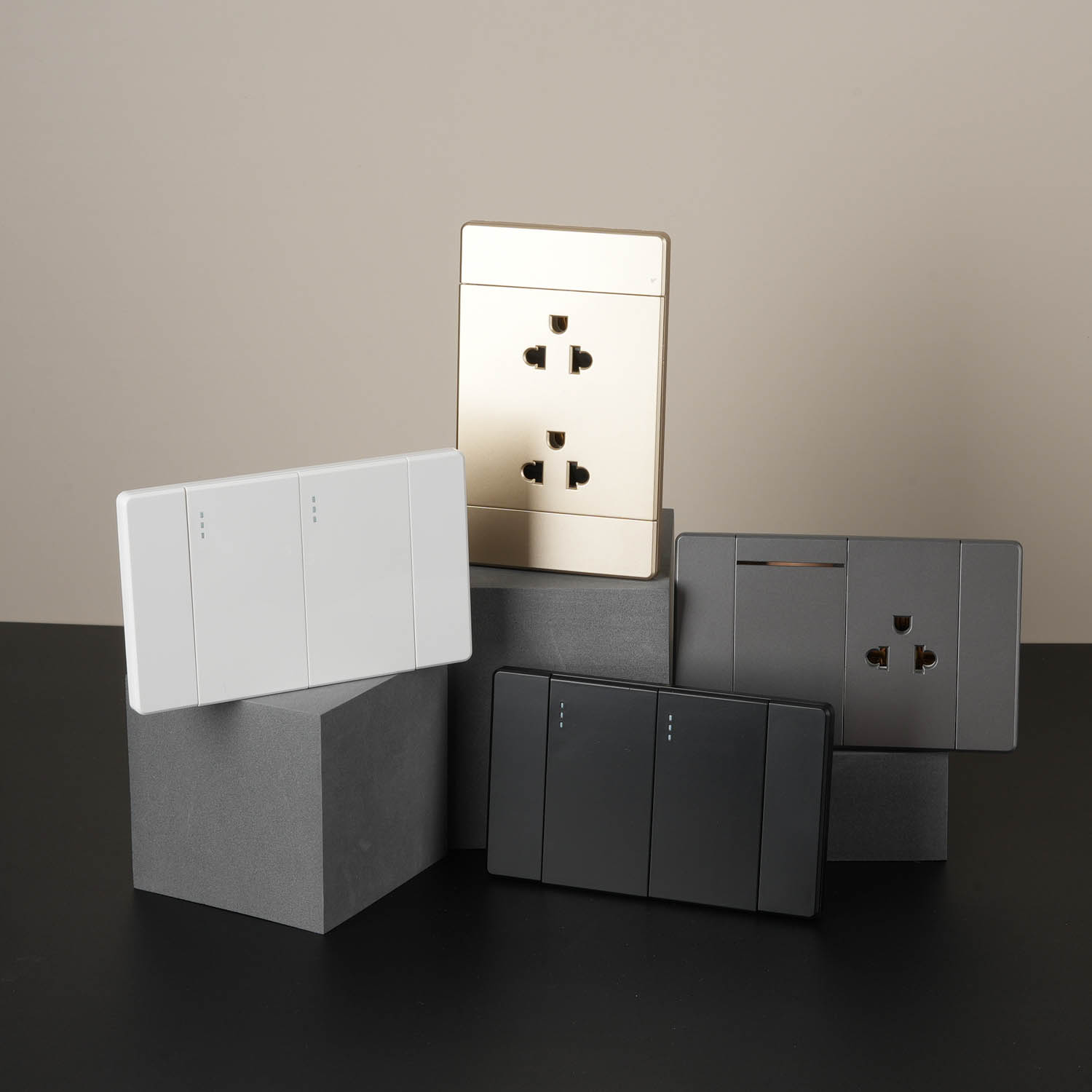Categories
- Blog (315)
These inconspicuous yet vital fixtures bridge the gap between electrical devices and the power grid, enabling seamless operation of various appliances and gadgets. As indispensable components in our homes, offices, and public areas, understanding their multifaceted role is imperative.
The functionality of wall outlets is straightforward yet essential. They provide a secure point of connection for plugs from electrical devices, allowing them to access the electrical wiring within buildings. This connectivity facilitates the flow of electricity, powering devices ranging from lamps and computers to kitchen appliances and entertainment systems. Wall outlets come in diverse types to accommodate different plug configurations and safety standards, ensuring compatibility with various devices and adherence to regulatory requirements.

Installation of wall outlets requires attention to detail and adherence to safety protocols. Proper mounting, wiring, and spacing are crucial to ensure reliable and safe operation. Additionally, regular maintenance is essential to identify and address any issues promptly, preventing potential electrical hazards.
Safety considerations are paramount when dealing with wall outlets to mitigate risks such as electrical shocks, fires, and equipment damage. Utilizing outlets with built-in safety features, such as grounding, surge protection, and tamper-resistant designs, enhances electrical safety. Moreover, employing caution during plug insertion and removal minimizes the risk of accidents and damage to outlets.
Looking ahead, advancements in technology and design are expected to shape the future of wall outlets. Innovations such as smart outlets with remote control capabilities, energy monitoring features, and compatibility with home automation systems are poised to revolutionize electrical connectivity. Additionally, eco-friendly materials and sustainable manufacturing practices may contribute to the development of more environmentally conscious outlet solutions.
Wall outlets are electrical fixtures mounted on walls or surfaces, providing access to the electrical wiring within buildings. They typically feature slots or holes to accommodate plugs from electrical devices, allowing them to connect to the power supply. Wall outlets are available in various configurations and designs to suit different applications and regional standards.
There are several types of wall outlets commonly used around the world. Standard wall outlets, also known as duplex outlets, feature two slots to accommodate plugs with two prongs. Grounded outlets, distinguished by an additional round or U-shaped hole, provide a grounding connection for added safety. Specialty outlets include GFCI (Ground Fault Circuit Interrupter) outlets, AFCI (Arc Fault Circuit Interrupter) outlets, and USB outlets, each offering specific functionalities and safety features.
The primary function of a wall outlet is to provide a safe and reliable connection between electrical devices and the power supply. When a plug is inserted into the outlet, it makes contact with the electrical wiring behind the wall, completing the circuit and allowing electricity to flow to the connected device. Wall outlets are designed to ensure proper electrical conductivity, insulation, and protection against electrical hazards.
Installing and maintaining wall outlets require careful attention to electrical safety practices and building codes. Proper installation involves ensuring secure mounting, proper wiring connections, and adherence to spacing requirements. Regular maintenance, such as checking for loose connections and damaged outlets, is essential to prevent electrical hazards and ensure the continued functionality of wall outlets.
Safety is paramount when dealing with wall outlets to prevent electrical shocks, fires, and other hazards. It is essential to use outlets with built-in safety features such as grounding, GFCI protection, and tamper-resistant designs, especially in areas prone to moisture or high electrical loads. Additionally, exercising caution when plugging and unplugging devices helps prevent accidents and damage to outlets.
Advancements in technology and design continue to drive innovations in wall outlets. Future trends may include the integration of smart features such as remote control, energy monitoring, and compatibility with home automation systems. Additionally, advancements in materials and manufacturing processes may lead to more durable, eco-friendly, and aesthetically pleasing outlet designs.
Conclusion:
In conclusion, wall outlets are indispensable components of our electrical infrastructure, providing the essential link between electrical devices and the power supply. Understanding their functionality, types, installation requirements, and safety considerations is crucial for ensuring safe and reliable electrical connectivity in our homes and workplaces. As technology evolves, wall outlets will continue to adapt and innovate, catering to the changing needs of society and enhancing convenience, efficiency, and safety in electrical systems.